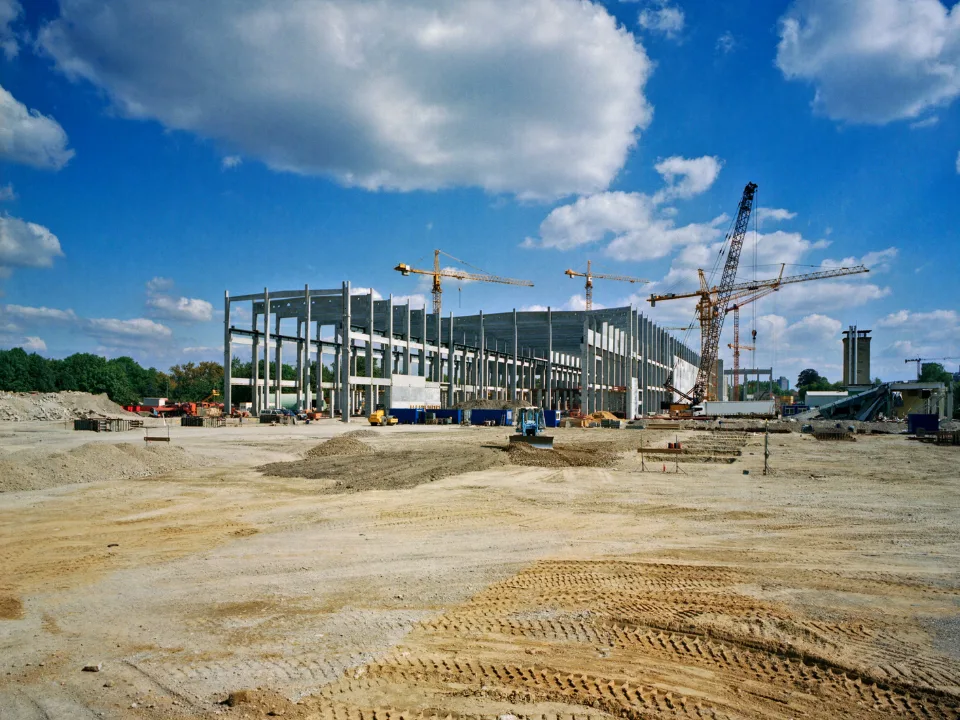- Researchers developed a real-time system to track the tariff impact on US retail prices by product type and country of origin.
- Imported goods saw immediate price increases after April tariff hikes, especially those from China.
- Domestic product prices also rose, likely due to imported components or shifting demand.
- CPI hasn’t fully reflected these price changes, possibly due to pre-tariff inventory stockpiling by businesses.
A Real-Time Look At Tariff Fallout
A new study titled “Tracking the Short-Run Price Impact of U.S. Tariffs” is giving real-time visibility into one of the most opaque economic challenges of 2025: the pricing impact of sudden tariff changes, reports GlobeSt. Conducted by Harvard’s Alberto Cavallo, Paola Llamas, and Franco Vazquez from Universidad de San Andrés, the study has created a custom-built monitoring system linking US retail prices with import status and tariff exposure.
The researchers used high-frequency web scraping from four major US retailers and combined it with advanced AI to classify products by country of origin and import status—achieving 88% and 85% accuracy, respectively. They then paired this data with tariff rates from the US International Trade Commission, allowing them to track price shifts tied directly to new trade policies.
Get Smarter about what matters in CRE
Stay ahead of trends in commercial real estate with CRE Daily – the free newsletter delivering everything you need to start your day in just 5-minutes
Price Spikes Follow Tariff Announcements
Following the April 2 “Liberation Day” tariff announcement—a 10% baseline tariff on imports—prices for affected products jumped. A sharper price spike followed a week later when tariffs on Chinese goods surged to 125%, closely mirroring patterns seen during the US-China trade conflict of 2018–2019.
While most categories experienced modest increases, heavily taxed items like washing machines saw steeper hikes. Interestingly, even domestic products saw price bumps—possibly reflecting increased demand or rising costs due to imported components.
CPI Lags Behind Real-Time Data
Despite clear price shifts in the retail data, the broader Consumer Price Index (CPI) has yet to reflect these changes. The researchers suggest that preemptive bulk ordering ahead of tariff deadlines may have delayed visible inflationary effects.
Why It Matters
This real-time insight is particularly valuable for investors, supply chain managers, and commercial landlords. Retailers facing cost pressures may renegotiate leases or scale back space needs, while manufacturers could shift sourcing strategies—each move with potential implications for industrial and retail real estate.
What’s Next
As the administration continues to adjust trade policies with little warning, tools like this real-time pricing tracker could become essential for decision-makers across industries. With tariff uncertainty likely to persist, expect closer alignment between real-time price data and long-term market strategies in the months ahead.

















